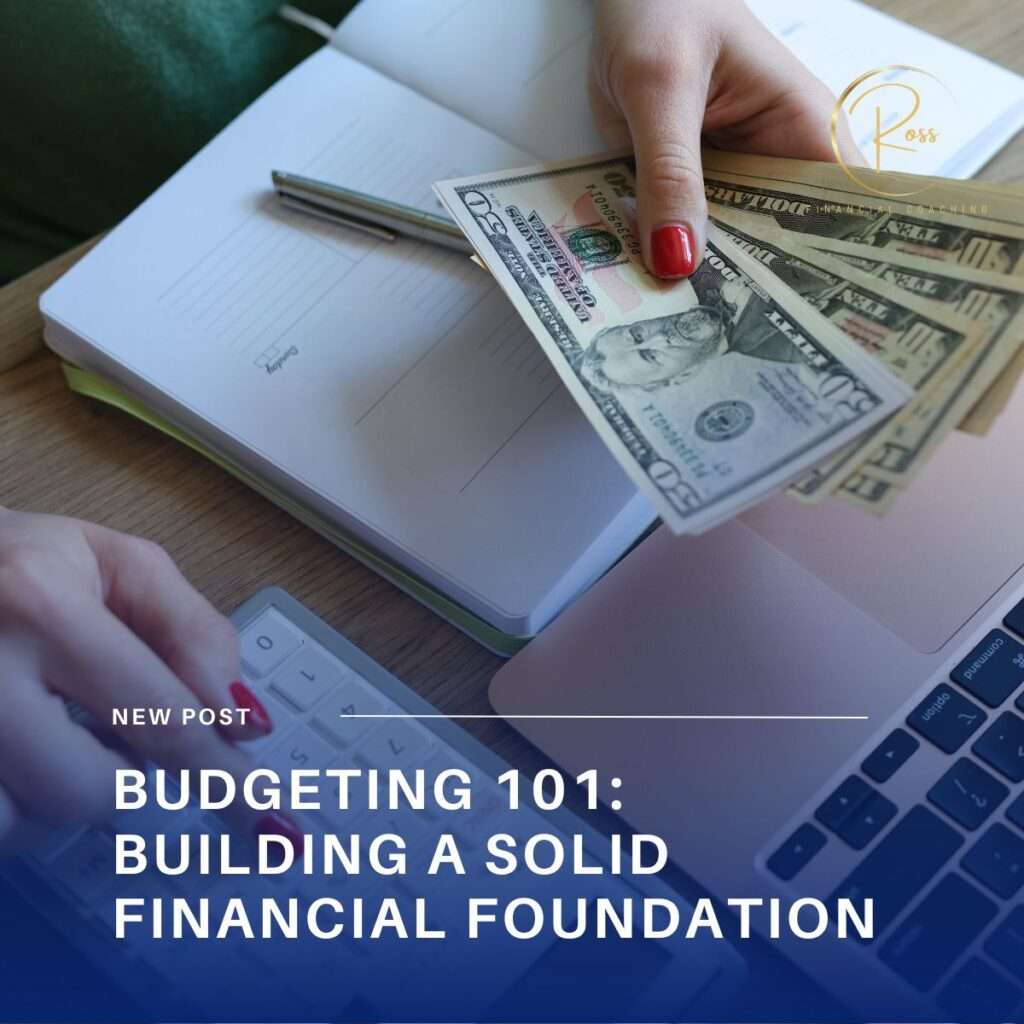
Reading Time: 9 minutes
Have you noticed how some people with substantial incomes still worry constantly about money, while others with more modest means seem remarkably at peace with their finances?
It’s one of the most fascinating paradoxes of personal finance – and one that challenges everything we’re taught about money and happiness.
We’re conditioned to believe that more money automatically creates more security, more happiness, and more peace of mind. But reality tells a different story. Financial contentment seems to have remarkably little connection to raw numbers in a bank account.
Instead, it’s tied to something more elusive: finding your financial sweet spot.
Beyond the Numbers Game
Think about the most financially content people you know. They likely aren’t unified by income level or net worth. What they share is a sense of alignment between their money and their values – a clarity about what matters and what doesn’t.
This isn’t about minimalism versus abundance or saving versus spending. It’s about discovering your unique balance point where money serves your life instead of dominating it.
The Sweet Spot Perspective
Imagine your relationship with money as a continuum:
On one end, there’s financial restriction so severe it diminishes your present quality of life. Despite the promise that sacrifice now leads to happiness later, this extreme often creates a scarcity mindset that persists regardless of how much you accumulate.
On the other end, there’s financial expansion without purpose – the endless pursuit of more without clarity about what “enough” looks like. Despite the promise that more creates security, this approach often leads to lifestyle inflation that keeps contentment perpetually out of reach.
Your sweet spot lies somewhere between these extremes – not as a compromise, but as the point of maximum alignment between your resources and what genuinely matters to you.

Sweet Spot Stories
While every person’s financial sweet spot is unique, we can learn from how others have found theirs:
The Intentional Downshifter
Consider the growing movement of professionals choosing to step back from high-stress, high-income positions to pursue work with more meaning but less money.
These individuals aren’t simply trading money for happiness in some vague sense. They’ve recognized specific elements that constitute a good life for them – perhaps autonomy, creative expression, or deeper relationships – and realized that additional income beyond a certain point wasn’t enhancing these priorities.
Their sweet spot involves less income but more of what genuinely matters to them.
The Selective Spender
Then there are those who’ve mastered the art of selective luxury – spending generously in areas that bring them genuine joy while happily limiting spending elsewhere.
One person might drive a basic car but travel extensively. Another might live in a modest home but collect art that brings them daily joy. A third might spend minimally on material goods but generously on experiences with loved ones.
These people haven’t found a universal formula for “correct” spending. They’ve discovered their unique pattern of what matters and what doesn’t – and aligned their resources accordingly.
The Time Redeemer
Perhaps most instructive are those who view money partly as a tool for reclaiming time. Rather than automatically trading more time for more money throughout their careers, they consciously evaluate the exchange:
- When does additional income genuinely enhance their quality of life?
- When does preserving time and energy create more value than earning more?
- How much is “enough” to support what truly matters?
Their sweet spot involves optimizing for life satisfaction rather than maximizing income or wealth for its own sake.
Finding Your Balance Point
Unlike typical financial advice that prescribes universal rules or steps, discovering your sweet spot requires personal reflection. Consider these explorations:
Values Clarity
When have you felt most aligned with your spending? When have you regretted purchases or financial decisions? The patterns in these experiences reveal what actually matters to you – not what should matter according to external standards.
Money sweet spots emerge when spending naturally flows toward your authentic priorities rather than social expectations or fleeting impulses.
Defining “Enough”
What would it mean to have “enough” in different areas of your life? Enough home, enough possessions, enough experiences, enough security?
These aren’t abstract questions – they’re invitations to articulate specific visions that can guide concrete decisions. When you recognize what constitutes “enough” in various domains, you gain immunity to the endless pursuit of more.
The Three Timeframes
Financial sweet spots honor three timeframes simultaneously:
Present enjoyment: Creating genuine quality of life now Medium-term security: Building stability and options Long-term vision: Supporting your larger life purposes
When decisions feel difficult, it’s often because these timeframes seem to conflict. Sweet spots emerge when you find approaches that serve all three – not by compromising each, but by getting creative about how to honor multiple priorities.
Sweet Spot Thinking in Practice
What might this perspective look like applied to real financial decisions?
Rethinking Housing
Rather than automatically stretching to buy the most expensive home you qualify for, sweet spot thinking asks:
- What home features genuinely enhance my daily life?
- What home costs might limit other priorities that matter to me?
- How does this decision serve my present enjoyment, medium-term security, and long-term vision?
The sweet spot might be a smaller home in a location you love, a comfortable home that leaves room in your budget for other priorities, or even choosing to rent if flexibility matters more than ownership in your current life phase.
Navigating Career Decisions
Instead of automatically pursuing the highest-paying opportunity, sweet spot thinking considers:
- How does this role align with what energizes and engages me?
- What life costs (time, stress, family impact) come with this income?
- What would “enough” income look like to support my actual priorities?
Your sweet spot might be a highly-paid role that aligns with your strengths, a moderate-income position that offers more meaning or flexibility, or even seasons of intensive earning followed by periods of more balanced living.
Approaching Major Purchases
Rather than default patterns of upgrading possessions on a predictable schedule, sweet spot thinking explores:
- What specific value would this upgrade add to my life?
- What alternatives might deliver similar benefits at different resource levels?
- How does this purchase serve my present enjoyment, medium-term security, and long-term vision?
Your sweet spot might involve spending generously on items you use daily, extending the life of possessions that still serve you well, or finding creative alternatives to ownership.
Cultivating Sweet Spot Awareness
Finding your financial sweet spot isn’t a one-time decision but an ongoing practice of alignment. These approaches can help develop this awareness:
The Satisfaction Audit
Periodically review your recent spending and financial decisions, noting:
- Which brought genuine satisfaction or enhanced your life?
- Which left you feeling indifferent or regretful?
- What patterns do you notice about what actually creates value for you?
Use these insights to gradually shift resources toward what genuinely matters.
The Values Check-In
When facing significant financial decisions, ask:
- How does this choice align with what matters most to me?
- What values am I honoring or compromising with this decision?
- What would my future self thank me for choosing?
These questions often cut through confusion and clarify the path that aligns with your authentic priorities.
The Enough Exploration
Instead of focusing solely on accumulation goals, periodically reflect on sufficiency:
- In what areas do I already have enough or more than enough?
- What would it mean to fully appreciate what I already have?
- What signals would tell me when I’ve reached “enough” in areas where I’m still building?
This practice builds immunity to the endless pursuit of more that characterizes modern financial culture.
Beyond Financial Formulas
The concept of money sweet spots challenges the core assumption of most financial advice – that there are universal “right answers” to questions of saving, spending, earning, and investing.
Instead, it suggests that financial contentment emerges from alignment with your unique values, priorities, and vision for your life. The numbers matter, but they matter in service to something deeper.
This doesn’t mean abandoning financial responsibility. Sweet spots honor the need for security and future planning. But they integrate these concerns with present quality of life and deeper purpose, creating financial approaches that feel right across multiple dimensions.
In a world obsessed with more – more income, more assets, more status – finding your financial sweet spot may be the most countercultural money move you can make. It’s also likely to be the most satisfying.
Ready to explore what your financial sweet spot might look like? Let’s have a conversation about finding your unique balance point.



